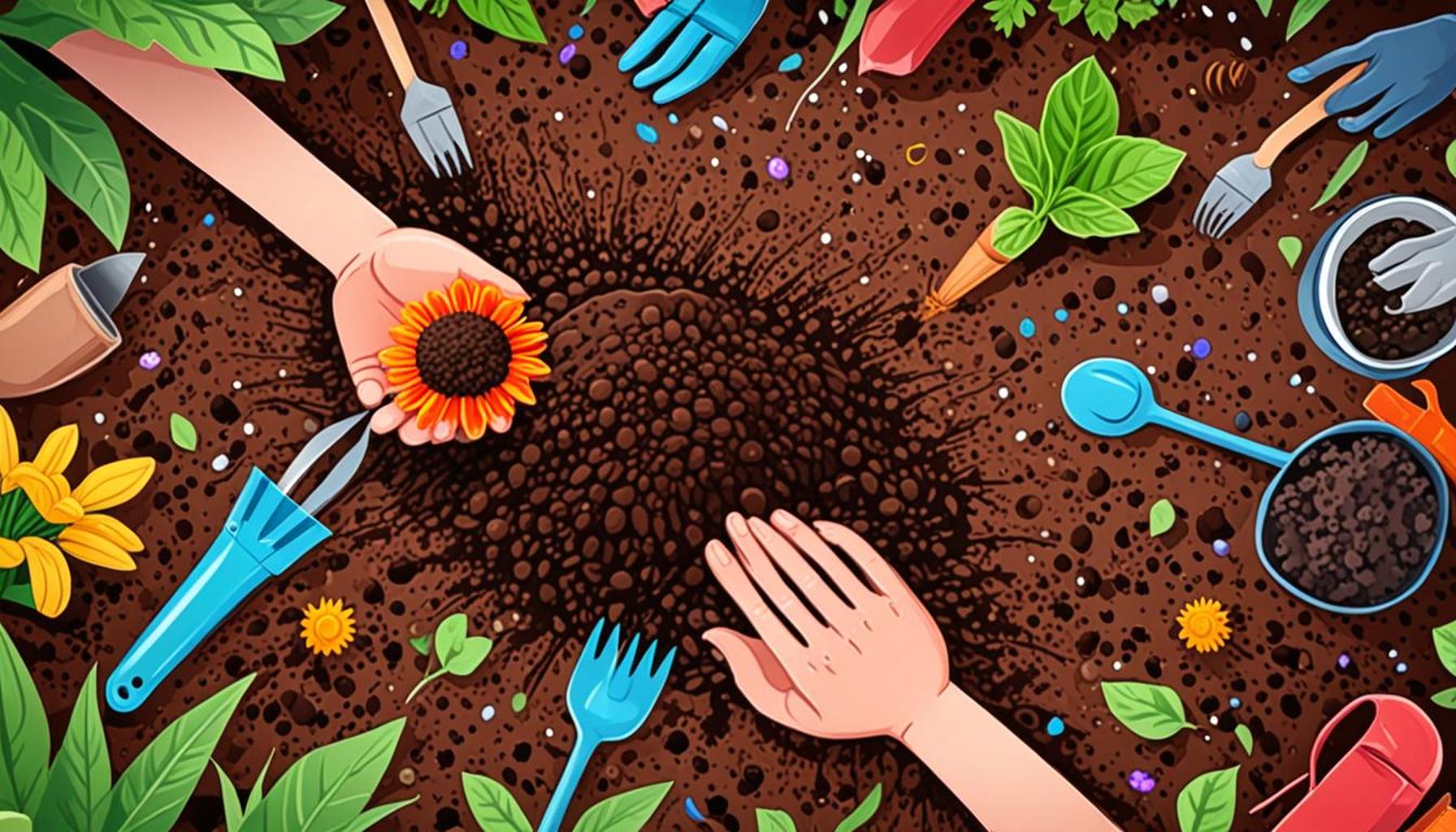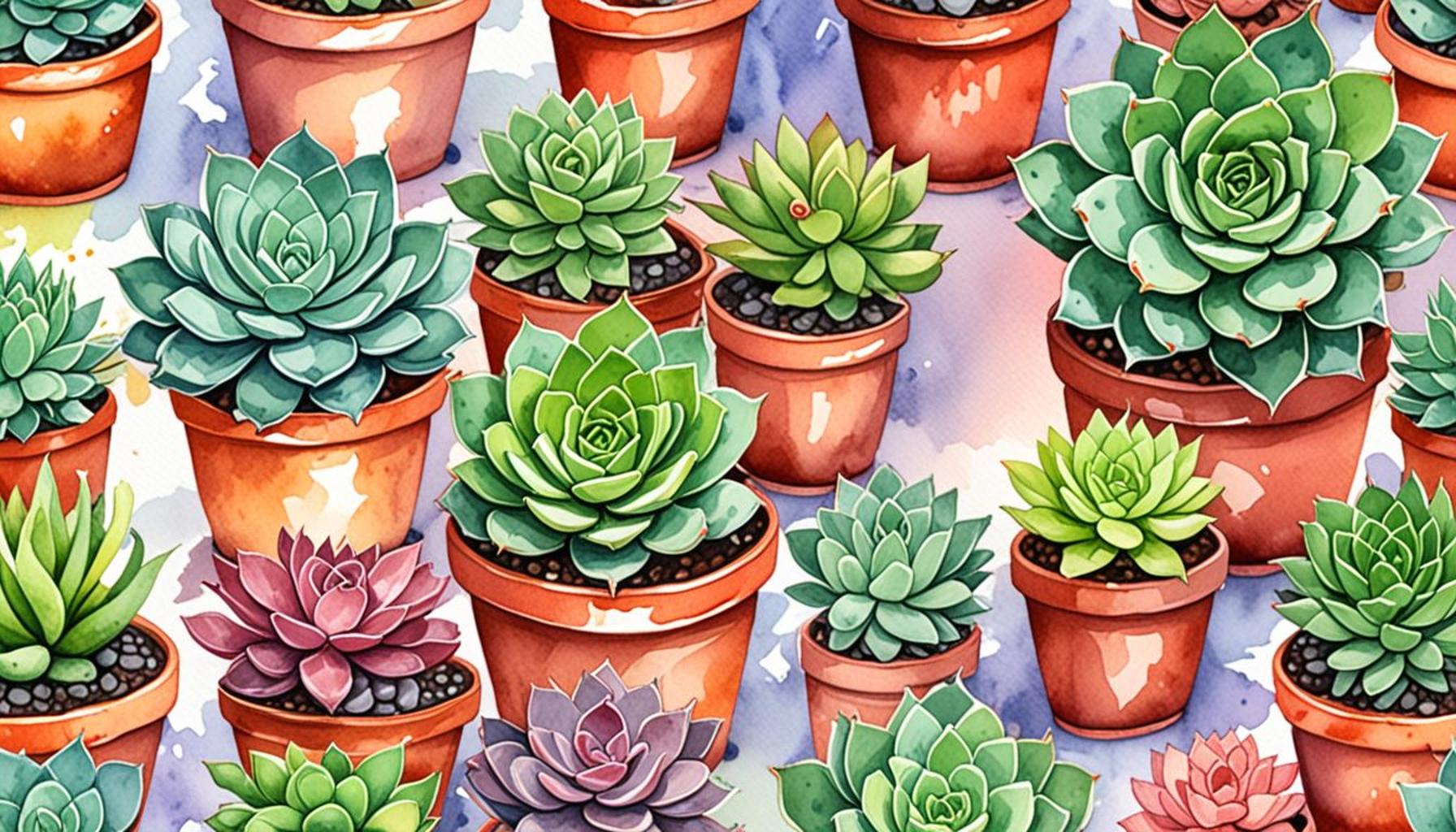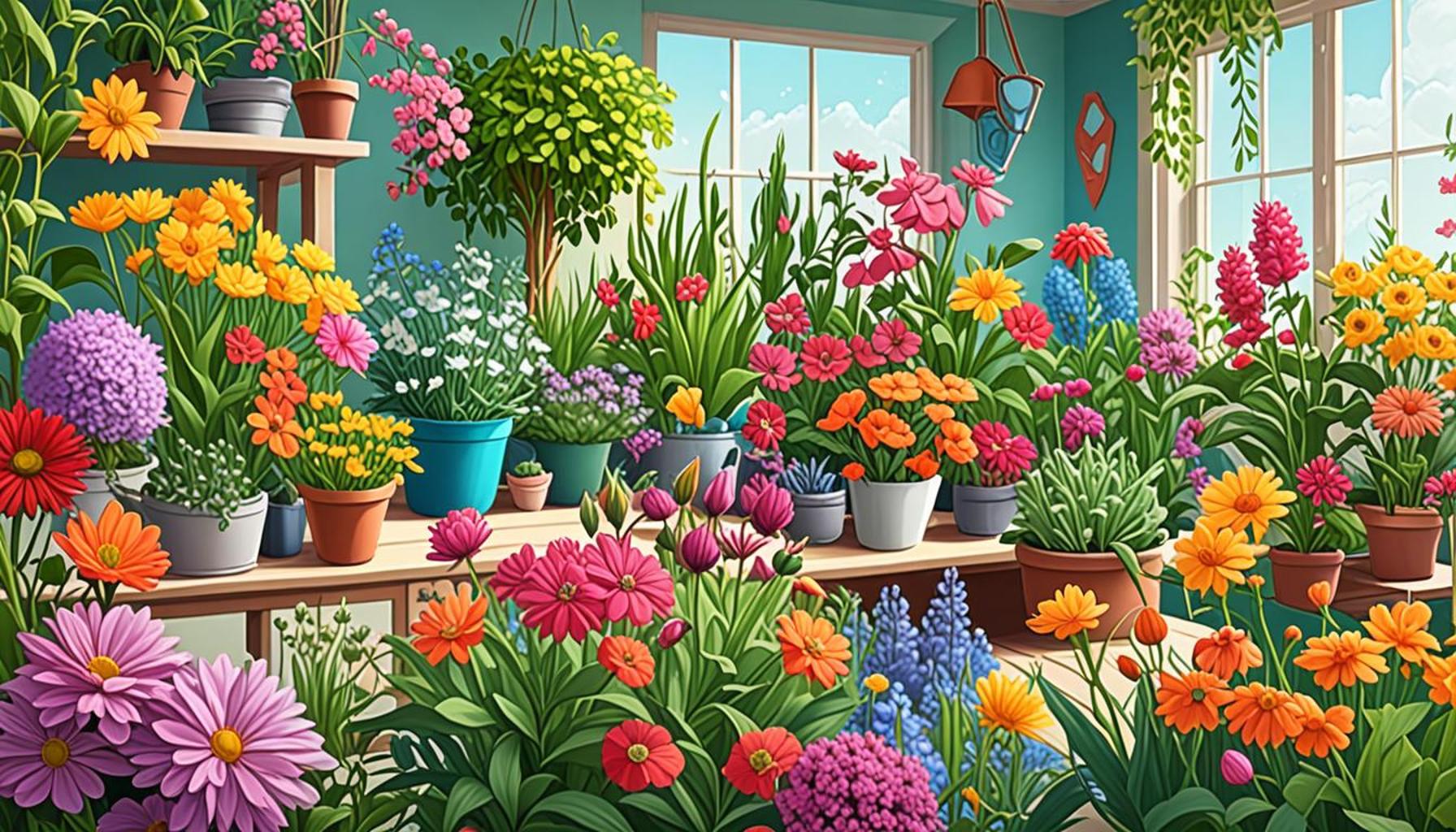The importance of soil selection in choosing plants for gardening beginners

The Importance of Soil in Gardening Success
When embarking on a gardening adventure, it’s essential to recognize that not all soil is created equal. The selection of the right soil can dramatically influence the health and productivity of your plants, offering a solid foundation for growth. For gardening novices, gaining an understanding of how soil impacts plant vitality is a crucial step in fostering a flourishing garden.
Several key features of soil play a fundamental role in determining its suitability for different plant species:
- Nutrient Composition: A rich nutrient profile is vital for plant growth. Essential macronutrients such as nitrogen, phosphorus, and potassium, along with micronutrients like magnesium and iron, are crucial for healthy development. Conducting a soil test can reveal nutrient levels, allowing you to amend the soil accordingly with fertilizers or organic matter.
- pH Levels: The pH scale measures soil’s acidity or alkalinity, which can significantly affect plant health. Most garden plants thrive in a pH range of 6.0 to 7.5. For instance, blueberries prefer acidic soil with a pH of 4.5 to 5.5, while asparagus favors more alkaline conditions.
- Texture and Drainage: The physical composition of soil—how fine or coarse it is—impacts its drainage and moisture retention capabilities. Sandy soils, characterized by larger particles, drain quickly and are ideal for plants like tomatoes that don’t favor overly wet conditions. In contrast, clay soils trap water and nutrients but can create drainage problems, requiring amendment with organic matter to loosen up the texture.
Understanding the relationship between soil types and specific plants can further optimize your gardening approach:
- Vegetables: Crops such as carrots, radishes, and lettuce thrive in soil rich in organic matter, which not only improves nutrient availability but also enhances soil structure. These plants typically prefer well-draining yet moisture-retentive conditions.
- Flowers: When it comes to ornamental plants, some, like lavender, flourish in sandy soils that prevent root rot, whereas plants like peonies may require heavier soils abundant in nutrients.
- Succulents: With their need for quick drainage, succulents demand a soil blend that contains coarse materials such as sand or perlite to mitigate the risk of overwatering and root decay.
Taking the time to explore the intricacies of soil selection can set beginners on a path towards gardening success. Armed with this knowledge, gardeners can make informed decisions about their planting strategies, ensuring that their garden thrives. As the old adage suggests, “You reap what you sow,” and in the case of gardening, this proverb rings especially true when it comes to the choice of soil.
DISCOVER MORE: Click here to delve deeper into soil health.
Understanding Soil Types: A Foundation for Gardening
For gardening beginners, the journey begins with an essential but often overlooked aspect—soil selection. The type of soil you choose not only affects the immediate aesthetics of your garden but also influences the long-term health and productivity of your plants. Various soil types, each with unique characteristics, can dramatically alter the success of your gardening endeavors.
To truly grasp how soil affects plant health, it is vital for novice gardeners to familiarize themselves with the primary types of soil they will encounter:
- Sandy Soil: Known for its gritty texture and loose composition, sandy soil drains quickly. This well-aerated soil is beneficial for plants such as carrots and beets that prefer drier conditions. However, the downside is that it tends to wash away nutrients before plants have a chance to absorb them. Gardeners can enhance sandy soil by incorporating organic matter like compost, which can help retain moisture and nutrients.
- Clay Soil: This heavy, dense soil retains moisture but often creates poor drainage, leading to soggy roots. Common in many parts of the United States, clay can be challenging for beginners. However, by amending clay soil with organic materials, such as peat moss or compost, gardeners can improve drainage and aeration, making it suitable for a broader range of plants, including herbs like rosemary and thyme.
- Silty Soil: Silty soil feels smooth and is rich in nutrients, making it one of the best types for gardening. Its ability to retain moisture while still providing good drainage allows for healthy plant growth. Gardeners are encouraged to mix in organic matter to enhance the soil structure and improve nutrient availability, especially for vegetables and flowering plants.
- Loamy Soil: This is often considered the “gold standard” of garden soils. A mix of sand, silt, and clay, loamy soil boasts excellent drainage capabilities while retaining necessary moisture and nutrients. Most plants, from vegetables to flowers, thrive in loamy conditions. Beginners are often advised to strive for this soil type as it provides a balanced environment for various plants.
Beyond simply recognizing soil types, it is essential for beginner gardeners to consider how local climate and growing zones further dictate soil behavior. For instance, gardeners in the Pacific Northwest may face a different set of soil challenges compared to those in arid regions like the Southwest. Understanding the specific needs of their local environment, including average rainfall and temperature variations, can help beginners make better soil choices for their plants.
In conclusion, knowledge of soil types and their characteristics equips gardening novices with the tools necessary for success. By integrating this understanding into their planting strategy, beginners can cultivate a vibrant garden that is both beautiful and bountiful. The careful selection of soil lays the groundwork for a thriving ecosystem, ultimately influencing what plants will flourish and how well they will grow.
| Soil Type | Characteristics |
|---|---|
| Clay Soil | Holds moisture well, high nutrient content but can cause root rot. |
| Sandy Soil | Drains quickly, warmer but may require more frequent watering. |
| Loamy Soil | Ideal balance of sand, silt, and clay, excellent for most plants. |
Understanding the importance of soil selection is critical for gardening beginners, as it directly impacts plant health and growth. Different soil types greatly influence the availability of nutrients and water, which are essential for plant survival. For instance, clay soil retains moisture, making it suitable for plants that prefer wet conditions; however, it can also lead to poor drainage and root rot if not managed properly. Conversely, sandy soil is excellent for draining excess water, thus preventing overwatering; nevertheless, it requires more diligent watering practices to ensure the plants do not dry out too quickly.The most desirable option often suggested is loamy soil, which provides a balanced environment for plant growth. This optimal soil composition allows for excellent drainage while still retaining essential moisture and nutrients needed for healthy plant development. For beginners, identifying the characteristics of their garden soil can lead to better plant choices and ultimately more successful gardening endeavors.
DISCOVER MORE: Click here to get tips for your balcony garden
The Role of Soil pH and Nutrient Content
As gardening beginners delve deeper into the realm of soil selection, it is essential to understand the significance of soil pH and nutrient content. These factors not only determine plant health but also can dictate which plants will thrive in specific soil conditions. Adopting a scientific approach to soil testing can help novice gardeners ensure that their plants receive the right balance of nutrients essential for growth.
Soil pH is a measure of the acidity or alkalinity of the soil, ranging from 0 to 14, with a pH of 7 being neutral. Most plants prefer slightly acidic to neutral soil, around 6.0 to 7.0. Certain plants, however, like blueberries and azaleas, thrive in more acidic soils, while others, such as asparagus and lavender, prefer alkaline conditions. Therefore, conducting a soil test to determine its current pH is a fundamental step for any gardening beginner. Many local extension offices offer soil testing services, and there are also various DIY kits available at garden centers. Adjustments can be made to the soil using substances such as lime to raise pH or sulfur to lower it, thereby creating a suitable environment for desired plants.
In addition to pH, other nutrients play crucial roles in the health and growth of plants. Essential macronutrients include nitrogen, phosphorus, and potassium (often referred to as N-P-K). While nitrogen promotes leafy growth, phosphorus supports root and flower development, and potassium is vital for overall plant health and vigor. Soil may sometimes lack one or more of these nutrients due to leaching or poor soil management practices, which emphasizes the need for regular testing and monitoring.
Soil Amendments: Enhancing Soil Quality
For gardening beginners, understanding the importance of soil amendments can be the key to transforming average soil into a nutrient-rich ecosystem. Organic materials such as compost, well-rotted manure, and peat moss serve as valuable amendments, enriching the soil with nutrients, improving texture, and enhancing moisture retention.
- Compost: Known as the gardener’s best friend, compost is created through the decomposition of organic matter and is packed with beneficial microorganisms. It not only adds nutrients but also enhances soil structure and drainage capabilities. Gardeners can easily create their own compost by recycling kitchen scraps and yard waste, making it an eco-friendly and cost-effective option.
- Mulch: Applying a layer of mulch around plants can help retain soil moisture, suppress weeds, and moderate soil temperature. Organic mulches, such as wood chips or straw, break down over time, further enriching the soil. Beginners should remember to keep mulch a few inches away from plant stems to prevent rot.
- Green Manures: For gardeners looking to rejuvenate exhausted soils, planting cover crops, like clover or rye, can significantly improve soil health. These plants add organic matter and nutrients back into the soil when tilled under, and they also prevent soil erosion during off-seasons.
Choosing Plants that Suit Your Soil
A vital aspect that gardening beginners must recognize is the connection between selected plants and their compatibility with the existing soil. Selecting drought-resistant plants for sandy soils, or moisture-loving varieties for clay soils, will lead to thriving vegetation. It is beneficial to research native plants that are naturally adapted to local soil types and conditions. Not only do these plants tend to require less maintenance, but they also support local wildlife and ecosystems.
Additionally, garden zoning—labeling different areas of the garden based on soil type—allows for significant experimentation and variety. This practice enables beginners to diversify their planting strategies, leading to the potential for a more vibrant garden.
LEARN MORE: Click here to discover essential tips
Conclusion: Cultivating a Flourishing Garden through Informed Soil Selection
In the journey of gardening for beginners, soil selection emerges as a cornerstone for cultivating a thriving and vibrant garden. Understanding the unique characteristics of your soil—ranging from its pH level to its nutrient content—offers critical insights that can dramatically impact plant health and overall success. By implementing simple yet effective practices, such as conducting soil tests and utilizing amendments like compost and mulch, novice gardeners can enrich their soil’s quality and structure.
Moreover, recognizing the compatibility between selected plants and existing soil conditions can set the stage for a flourishing garden. Opting for plants tailored to specific soil types, whether they are drought-resistant or require moist environments, not only ensures a bountiful harvest but also minimizes maintenance challenges. As beginners familiarize themselves with local plants that harmonize with their soil, they contribute to a more sustainable gardening practice that supports the local ecosystem.
Ultimately, the profound link between soil and plant selection underscores the art and science of gardening. By prioritizing soil knowledge as a foundational element, gardening beginners can embark on their green-thumb adventure equipped with the tools needed to create a beautiful, productive garden. This understanding not only fosters a sense of accomplishment but also encourages continued exploration of the intricate world of gardening, where each discovery contributes to a lifetime of growing success.


